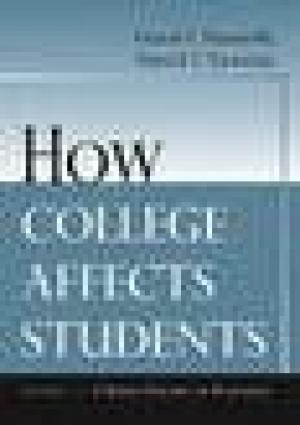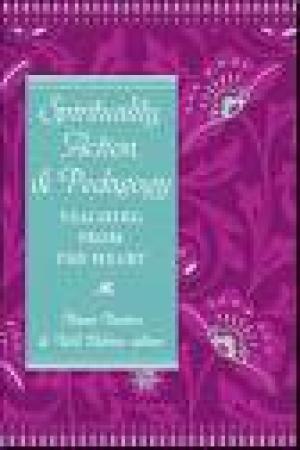Resources

How College Affects Students, Volume 2 is the long awaited sequel to the landmark work that was first published in 1991. Offers the most comprehensive resource available on what is known about the effect of college on students. In this book, Pascarella and Terenzini provide current information and empirical research from the decade since their first book was published which distills what is know about how students change and benefit as a consequence of attending college. (From the Publisher)

Spirituality, Action, & Pedagogy: Teaching from the Heart invites the reader to participate in a personal exploration of what it means to consciously seek the heart of education. The authors in this collection - practitioners in higher education and teaching in such diverse areas as educational foundations, communication, theater, sociology, reading and literacy, and performance studies - respond to this challenge by striking the most personal chords of their lived experience. As they relate their tales of spirituality and teaching, the reader will be coaxed into confronting the question of what it means to teach. Spirituality, Action, & Pedagogy addresses the integration of spirituality into pedagogical practice by providing cutting-edge examples of applications in classroom settings. (From the Publisher)

How can campus life become more hospitable to the human spirit? This book invites everyone concerned with the quality and meaning of campus life to engage in new conversations about the spiritual and religious dimensions of diversity, leadership, student development, and learning. This book challenges conventions in higher education that neglect religious identity and spiritual exploration while perpetuating disconnection, competition, and separation from our natural and social environments. It offers innovative approaches for positive change, while addressing the complex legal, organizational, and cultural issues involved in this conversation. Grounded in original research and professional practice, this collection includes reflections from college presidents, campus leaders, student affairs staff members, and faculty. (From the Publisher)

This book presents a series of reflections - excerpts from the inner and outer lives of college teachers - from which emerges a common concern for the interactive and spiritual dimensions of the educational process, and a sense of the light which can and should illuminate it. Informed either by personal commitment to Quakerism, or by individual work within Quaker institutions, the contributors offer perspectives that are important for teachers, parents, and readers generally interested in the classroom experience as a process of growth and exploration. (From the Publisher)
For many years now, specialists in learning have remarked that a specific method of writing is used for the elaboration of interactive multimedia systems. This method of writing, which I qualify as interactive, has a primary objective: facilitating information access for the user. In this paper I propose an analysis of the different elements that characterize this method of writing and, more specifically, the different ways in which this new method can be integrated into the elaboration of magistral university courses without using any added computer technology. The professor would then resemble a multimedia system while the students would be the users of this system. This new method of writing and pedagogical structure would be highly propitious for the stimulation of exchange and interactivity, while leaving students the possibility to choose a structure of the presentation that best fits the group. However, for this to happen we must first envisage the possibility of adapting certain multimedia learning methods, recognized as functional, to the more conventional learning methods that the classroom represents.
Taking seriously the implications of post-colonial theory, the authors revisit the introductory course (normally "World Religions") as a course on the plurality of religions in contemporary U.S. culture. They explain the structure of the course, and discuss practical and ethical issues around student field visits to learn about other religions.
The author uses a contemporary functional document (a campus map) to design an imaginative exercise which teaches students the limits of map (or text) as a guide to reliable information. Through the exercise, students learn about gaps in information and the limits of what any text reveals, even one which is ostensibly designed as a reliable guide for navigating a campus.